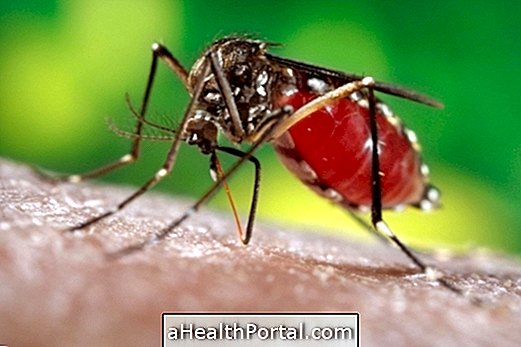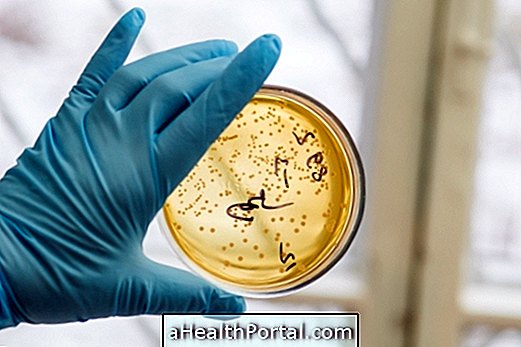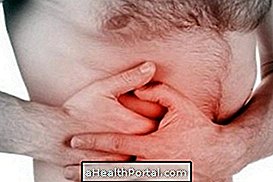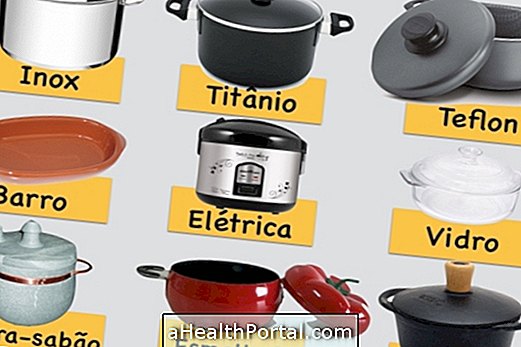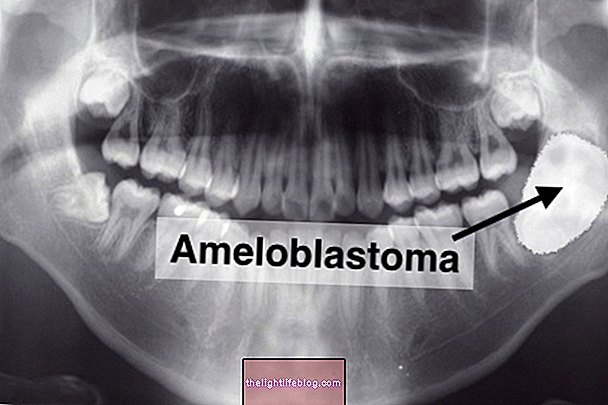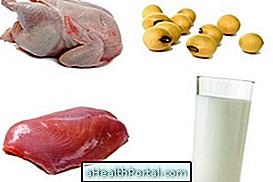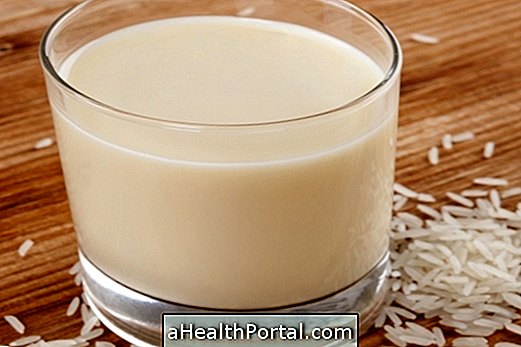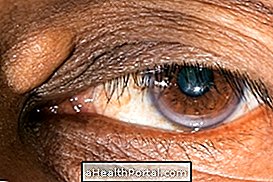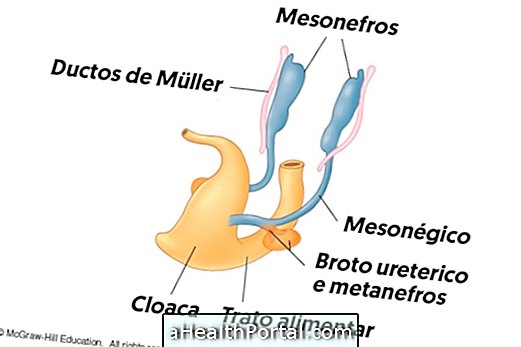Treatment for teniasis can be done with antiparasitic medicines, such as Albendazole, Niclosamide, Praziquantel or Mebendazole, for example, prescribed by the doctor, which can be taken as a single dose or for 3 days.
The treatment for teniase is aimed at eliminating the Tinea parasite or solitary intestine, which arises after the individual ingests raw or undercooked beef or pig meat contaminated with the larvae of Tinea.
Treatment for teniasis and cysticercosis, in addition to antiparasitic medicines, can be done with anticonvulsive drugs and corticosteroids for up to 1 month to alleviate symptoms of cysticercosis, such as seizures or vision problems, as Tinea can be lodged in such as heart, brain or eyes.
Surgery to remove Tinea larvae, depending on where they are housed, may also be a treatment option, depending on the patient's health status and the severity of the disease.
Learn more about teniasis, what differs from cysticercosis and how to prevent it in: Teniasis.
Natural treatment for teniasis
An excellent natural treatment for teniase is to drink 4 tablespoons of pumpkin seed oil for 2 weeks to help eliminate the parasite through the stool. As an alternative to oil, you can eat a hand full of peeled pumpkin seeds.
With this home treatment for teniasis, the stool can become soft as in diarrhea, because the goal is to eliminate the larvae of the Tinea that are lodged in the intestine.
Signs of improvement
Signs of improvement in teniasis occur with the onset of antiparasitic medicine ingestion and include the reduction of symptoms such as diarrhea or constipation, nausea, abdominal or headache.
Signs of worsening
Signs of worsening of teniasis usually arise when the patient does not treat properly and include increased pain intensity, episodes of diarrhea, and nausea.
Useful links:
- Cysticercosis
- Niclosamide (Atenase)
- Schistosomiasis


